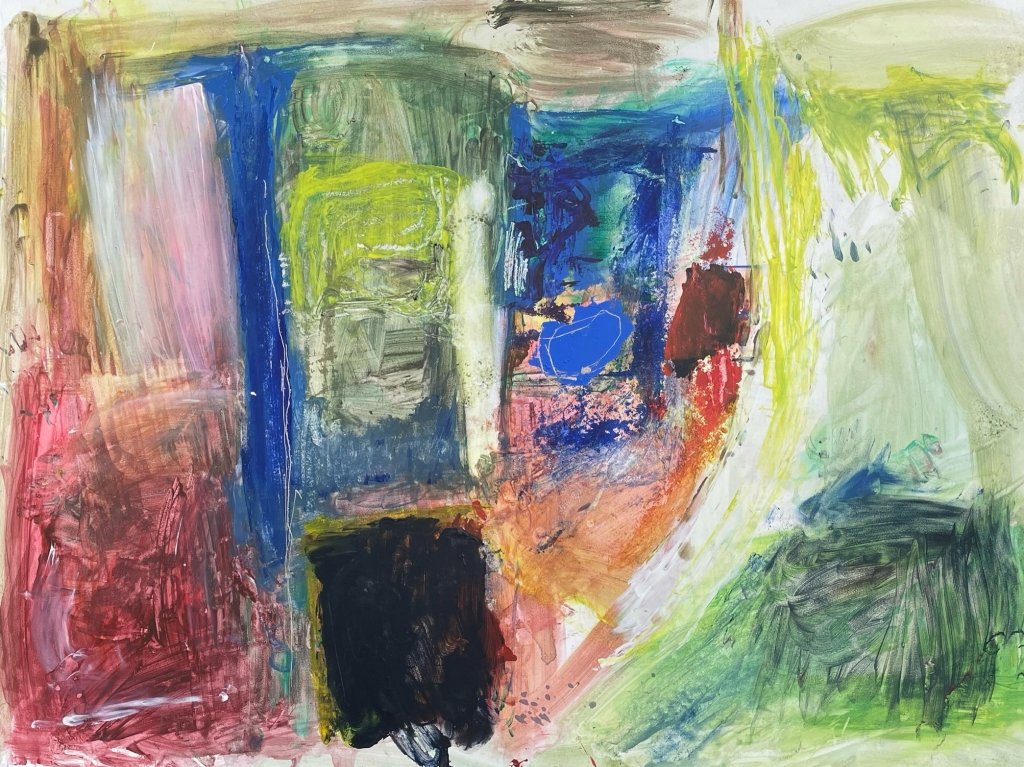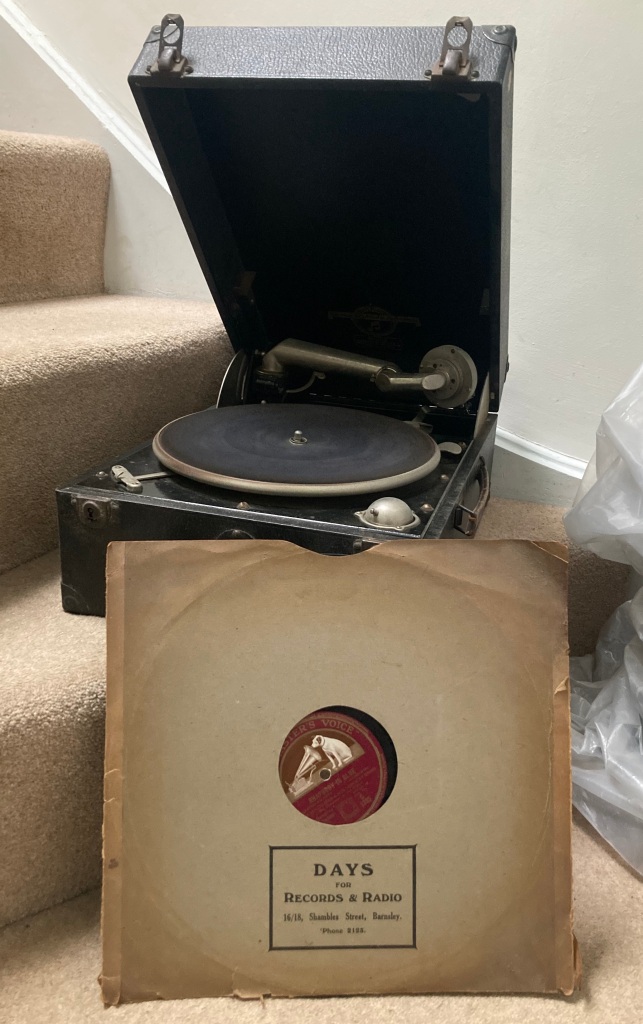Oh, Yoko
The first time I met Yoko Ono, at the Apple HQ in Savile Row in September 1969, I was impressed by her obvious engagement. She and John Lennon were doing a day of interviews, and I got my couple of hours on behalf of the Melody Maker. At that stage she was being treated by the media as a bit of a sour joke. The film she’d made of people’s bottoms got her in the papers, and her relationship with Lennon rendered her, in the eyes of many, what we would nowadays call toxic. Not only did she look weird, she thought weird. But at that first meeting, it was impossible to ignore the way the two of them shared the burden of the interview as equal voices.
The second time, two years later, was just after they’d moved to New York and temporarily sequestered themselves in a suite in the St Regis Hotel on East 55th Street. I spent a few days with them in the hotel, at the Record Plant studio a dozen blocks south, and on a trip to the West Village during their hunt for a permanent address. And that time I could see, much closer up, what it was that he liked so much about her: she was funny, and physical, and assertive, and full of life and ideas — all the characteristics that are currently on very clear display at Tate Modern in Yoko Ono: Music of the Mind, an exhibition of her life’s work.
The wittiest T-shirt around just now carries the message JOHN LENNON BROKE UP FLUXUS — a play on the belief that Yoko destroyed the Beatles. Her work while a member of Fluxus, the informal avant-garde art movement founded in New York by her friend George Maciunas in 1961, also involving La Monte Young, John Cage, Joseph Beuys, Nam June Paik, Jonas Mekas and many others in events often held in her downtown loft, is to me the most interesting part of the show, occupying several rooms.
It features documentation of the notorious Cut Piece of 1964, in which she sat on a chair in the Carnegie Recital Hall while members of the audience cut off her clothes, and Bag Piece of the same year, which I saw her re-enact with Lennon at the ICA in London in 1969, and Ono’s Sales List of 1965, in which she offered such items as a blank tape labelled “Sound tape of snow falling at dawn”, a Light House constructed from light, and custom-made underwear, including “special defects underwear for men — designed to accentuate your special defects: in cotton $10, in vicuna $175.”
Like a lot of people wandering through the rooms, I found myself smiling a lot, and occasionally laughing out loud at something like a 1962 work called Audience Piece to La Monte Young, in which the 20 performers simply lined up across the stage and stared at the audience until the audience left, and Smoke Piece of 1964: “Smoke everything you can / Including your pubic hair.”
The exhibition shows off her imagination and her indefatigability, as well as the way she was influenced by pre-existing Japanese culture (Zen koans, haiku, kabuki theatre) and the experience of living, as a child evacuated from her family home in Tokyo, through the final stages of World War Two.
On the morning I spent there, the show was full of women and small children who were having a good time with the all-white chess set, the wall-hung board into which visitors are invited to hammer a nail, and the room called Add Colour (Refugee Boat), whose walls, floor and eponymous centrepiece are covered in blue graffiti. In the final room, many people had accepted another of her invitations: to write something about their mothers on a small piece of paper and tape it to the wall.
I thought of Yoko’s own mother, a descendant of an aristocratic family forced — in the absence of her captured husband — to scuffle for her family’s existence amid the postwar ruins before, reunited, they left to resume a comfortable existence in the US. And, too, of the scar tissue of Lennon’s “Mother” (“You left me, but I never left you…”), written after he and Yoko had undergone a course of Arthur Janov’s Primal Therapy. That’s something else they were mocked for, along with the bottoms movie and the riddles and the naked cover of Two Virgins and the Bed Peace event in Amsterdam.
Ah, peace. Remember that? WAR IS OVER!, they announced in 1969 via the medium of billboards plus a concert at at the Lyceum. All we are saying is GIVE PEACE A CHANCE. Send a bag of ACORNS FOR PEACE to world leaders. You can mock all that, too, if you want, but it wouldn’t really seem right in 2024.
I don’t mean to sound patronising when I say that I was surprised by how much the exhibition made me think, even when those thoughts were not necessarily the sort that can be followed to a conclusion. The first thing to do with a mind is open it.
* Yoko Ono: Music of the Mind, curated by Julia Bingham and Patrizia Dander, is at Tate Modern until 1 September. There’s an illustrated book of the same name to accompany the exhibition, its selection of short essays including a good one on Yoko’s relationship to sound and silence by David Toop (Tate, £32).




